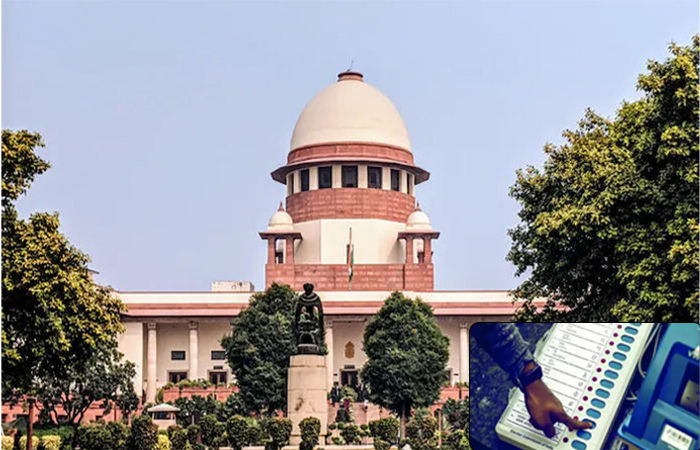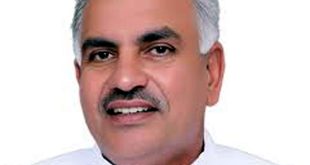
Supreme Court on VVPAT-EVM: The Election Commission has got a big relief from the Supreme Court. In which the Supreme Court has rejected the review petition demanding 100 percent matching of VVPAT slips with EVM machines. The bench of Justice Sanjeev Khanna and Justice Dipankar Dutta said in its decision that 'After considering the grounds raised in the petition, we believe that there is no case for reconsideration of the decision of April 26.'
What is the whole matter?
It is worth noting that on 26 April, the Supreme Court had rejected the petition demanding 100% matching of VVPAT and EVM machine slips. In this petition, there was also a demand to conduct elections with ballot paper, which was also rejected by the Supreme Court. The review petition was filed by Arun Kumar Agarwal, who had earlier also filed a PIL on this issue. Let us tell you that Arun Kumar Agarwal had argued in his review petition that there were errors in the decision of 26 April. It was further said that the existing CCTV surveillance of the counting hall will ensure that there is no irregularity in the counting of VVPAT slips.
Another direction issued by the Supreme Court is that candidates will have the option of getting the EVM's microcontroller program checked by a team of engineers after the results are declared, for which an application has to be made within seven days of the results being declared. Delivering the verdict, Justice Dipankar Dutta said, 'Balanced perspective is important, but it is not appropriate to create unnecessary doubts on the system.' The court said, doubting the benefits of polling machines and recommending ballot papers again cannot be considered. The Election Commission also submitted a report responding to the court's questions. In which the panel of officials of the election panel was requested to answer five questions related to the functioning, operation and features of microcontrollers and reprogrammable and EVMs.
 look news india
look news india
